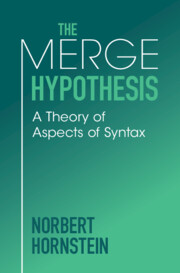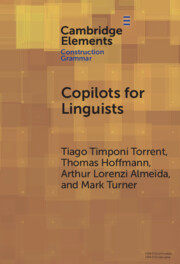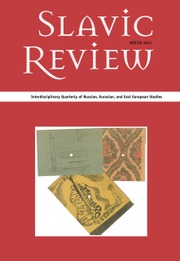Merge and the Strong Minimalist Thesis
The goal of this contribution to the Elements series is to closely examine Merge, its form, its function, and its central role in current linguistic theory. It explores what it does (and does not do), why it has the form it has, and its development over time. The basic idea behind Merge is quite simple. However, Merge interacts, in intricate ways, with other components including the language's interfaces, laws of nature, and certain language-specific conditions. Because of this, and because of its fundamental place in the human faculty of language, this Element's focus on Merge provides insights into the goals and development of generative grammar more generally, and its prospects for the future.
Product details
December 2023Paperback
9781009343268
75 pages
229 × 151 × 6 mm
0.15kg
Not yet published - available from June 2025
Table of Contents
- 1. Introduction
- 2. Background: goals and orientation of the generative enterprise
- 3. The Form of Merge
- 4. Merge and the non-expansion of the WS
- Restricting Resources/Minimal Yield
- 5. Language Specific Conditions on the Computational System for Human Language
- 6. Illustrations
- 7. On the history and development of Merge
- 8. Prospects for the Future.






